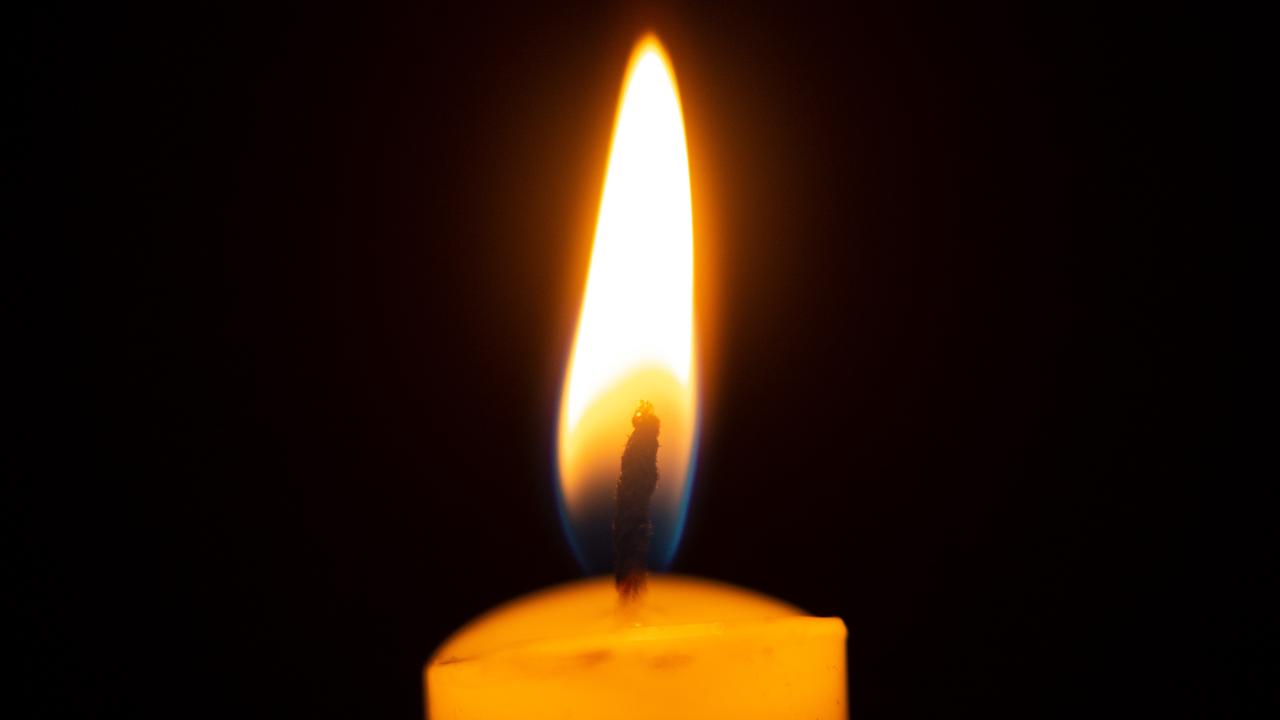Keep your pants on: How Australia got ready for a Japanese invasion in World War Two
SEVENTY-five years ago today, WW2 began. Terrified of a looming invasion, this is what Aussies were told to do.

ANZAC Centenary
Don't miss out on the headlines from ANZAC Centenary. Followed categories will be added to My News.
FIGHT, work or perish.
Just 75 short years ago this week, two decades after the end of World War One, Australia entered another conflict that was to be longer and even more brutal.
World War Two began on September 1, 1939; our country threw its lot in with Britain (again) on September 3.
And this time there was the terrifying expectation that we would be invaded by a foreign foe — Japan — that was just as militarily successful and merciless in conquest as its Nazi allies were in Europe. Its army drove a swift southward course through territories just to our north and showed no initial signs of slowing.
Japan launched 97 air raids against Australia, sent suicide mission midget submarines into Sydney Harbour, shelled Sydney and Newcastle and raided coastal shipping. Hundreds died.
While historians still argue over Japan’s plans for invasion, the attacks were real, as was the fear — in some cases panic. This is how Aussies responded.
WEAR PANTS AND COVER YOUR FOOD


All states issued air raid precautions. Many households heeded them and dug trenches or even invested in expensive kit-form shelters. Official advice included:
*Keep your head down when in an open trench. Upturned faces draw enemy fire. To avoid concussion, never lean against the walls of the trench. The open trench in your backyard may be 4 or 5 feet deep (1.2-1.5m), 4 1/2 feet wide at the top, tapering to 3 1/2 feet wide at the bottom.

*Fill your bath with water when there is possibility of a raid. Have as much water available as possible, in sinks, basins, and other receptacles. A bomb may cut off water supplies, and a good supply of water for your stirrup pump may put out an incendiary bomb that might otherwise destroy your home. Also, you might be short of drinking water after an air raid.
*Cover all food. Plates will protect the contents of basins against flying splinters of glass. Food in airtight tins or jars is protected against gas.
*Turn off the gas meter and electricity at meter switch before going to your shelter.
*Keep in readiness by your bedside a torch, a candle with matches, some money, a warm sweater, and a pair of slacks. In the case have a roll of bandages, cotton wool, drinking water, sticking plaster, a bottle of iodine, some cakes of plain chocolate, a pair of low-heeled shoes and a change of clothes. Slacks are sensible for women in shelters.
BREAK OUT THE OLD GUNS (OR MAKE THEM OUT OF WOOD)

Australia entered the war reluctantly in 1939. Its primary motivation was a fear that if Britain fell, Australia would be defenceless, therefore backing London as it declared war on a rampaging Adolf Hitler was the only way.
However with Japan’s entry into the war in 1941 and the fear of invasion Down Under, Aussie men and women rallied to volunteer to bother serve overseas and help on the home front.
Operations by the army proper and militia were boosted by the Aussie equivalent of England’s Dad’s Army, the home guard — the Volunteer Defence Corps (VDC).
Many were World War One veterans and they overcame a lack of resources with enthusiasm and ingenuity — using old German weapons captured in WW1, producing homemade explosives and even making wooden firearms (complete with ratchets for authentic “firing” noises) when real ones weren’t available.
They trained in guerilla tactics and devised schemes for local defence — and even got stuck in defending their towns against Japanese air attacks.
Meanwhile work parties set up barbed wire and beach obstacles to help ward off any enemy landings.
GO, YOU NACKEROOS

From a country that gave the world Socceroos and Hockeyroos ... one of the coolest-sounding home defence units were the Nackeroos, also known as “Curtin’s Cowboys” after PM John Curtin.

They were officially the North Australia Observation Unit (NAOU), created in mid-March 1942, a week after Broome was strafed. The Australian War Memorial says: “The unit’s commander, Major William Stanner, had been an anthropologist before the war and knew the north well.
“The unit was barely 550 strong, and with their headquarters in Katherine, in the Northern Territory, they were given the task of patrolling Northern Australia to look for signs of enemy activity. They operated in small groups, and most of their patrols were on horseback. The men made use of the knowledge of local Aboriginals and maintained coastwatching outposts.”
SADDLE UP AND RIDE THAT ... RECLINER SEAT

While blokes hefted guns and spades, women were volunteering for non-combat military roles, the Red Cross and other organisations. Even youngsters were involved — many in the vital role of scanning the sky and sea.
Aircraft spotters were stationed around all major cities and industrial centres and many were issued special recliner seats, the better for keeping those eyeballs upwards.
The AWM says: “Tens of thousands of civilians from the Volunteer Air Observers Corps (VAOC), created in 1942, were ever vigilant around population centres ... The VAOC were trained in aircraft recognition and equipped with a variety of visual and audio aids, from fine optical lenses to simple bell trumpet listening cones. Although they rarely saw Japanese planes, they tracked and saved many Allied planes. Their numbers declined as the threat passed.”
Local air raid wardens also devised and enacted plans for what to do in case of attack.
PANIC: GOING BUSH AND FLEEING PRIME REAL ESTATE

There were moments when fear and defiance spilt over into panic — understandable in the circumstances.
Many thought the devastating and terrifying first air raid on Darwin in February 1942, which killed almost 300 people, heralded the arrival of the Japanese infantry.
“Some troops and civilians showed great courage,” says a Department of Veterans Affairs history. “There was also an element of panic. Some civilians and servicemen ‘went bush’ or fled south, fearing the raid marked the start of an invasion. Most of those who deserted their posts and fled south were intercepted at Alice Springs but a handful actually reached southern cities.
“This panic and the true extent of the losses was hidden from the Australian public by strict censorship.”
In Sydney, especially after the June 1942 submarine raids, some residents fled the eastern suburbs — creating opportunities for canny investors to snap up property that would become very desirable.
Meanwhile families issued their children with identity tags in case they got separated in the chaos of an assault.
WAS JAPAN REALLY GOING TO INVADE?

Historians disagree. Tokyo’s high command considered it but, according to the AWM, “realised that an invasion of the Australian mainland was impossible as early as March 1942.”
However the attacks continued — so the fear persisted.
The lack of detailed information on the state of the war and the constant state of high alert helped the spread of rumours.
“Many believed, wrongly as it turned out, that a plan — the Brisbane Line — existed to abandon the north and west of the continent to the enemy in the event of invasion and only commit to the defence of the most populated areas of south-eastern Australia. There was no such plan,” concludes the AWM.
Port Moresby, on the south of New Guinea and the aim of Japan as it tried to fight across the Kokoda Track, was seen as a natural jump-off point for an invasion. And the discovery of Pounds and Shillings notes — dubbed “invasion currency” — on Japanese soldiers in New Guinea further spread conviction they were Australia-bound.
However the AWM’s experts believe the money was for use in Pacific occupied territories and Port Moresby had many more strategic uses to Japan than just launching an invasion.
Yet the fear persisted until Allied forces had started to turn back Japan’s land forces in 1943 — and the home front efforts continued until the war ended two years later.
Originally published as Keep your pants on: How Australia got ready for a Japanese invasion in World War Two


